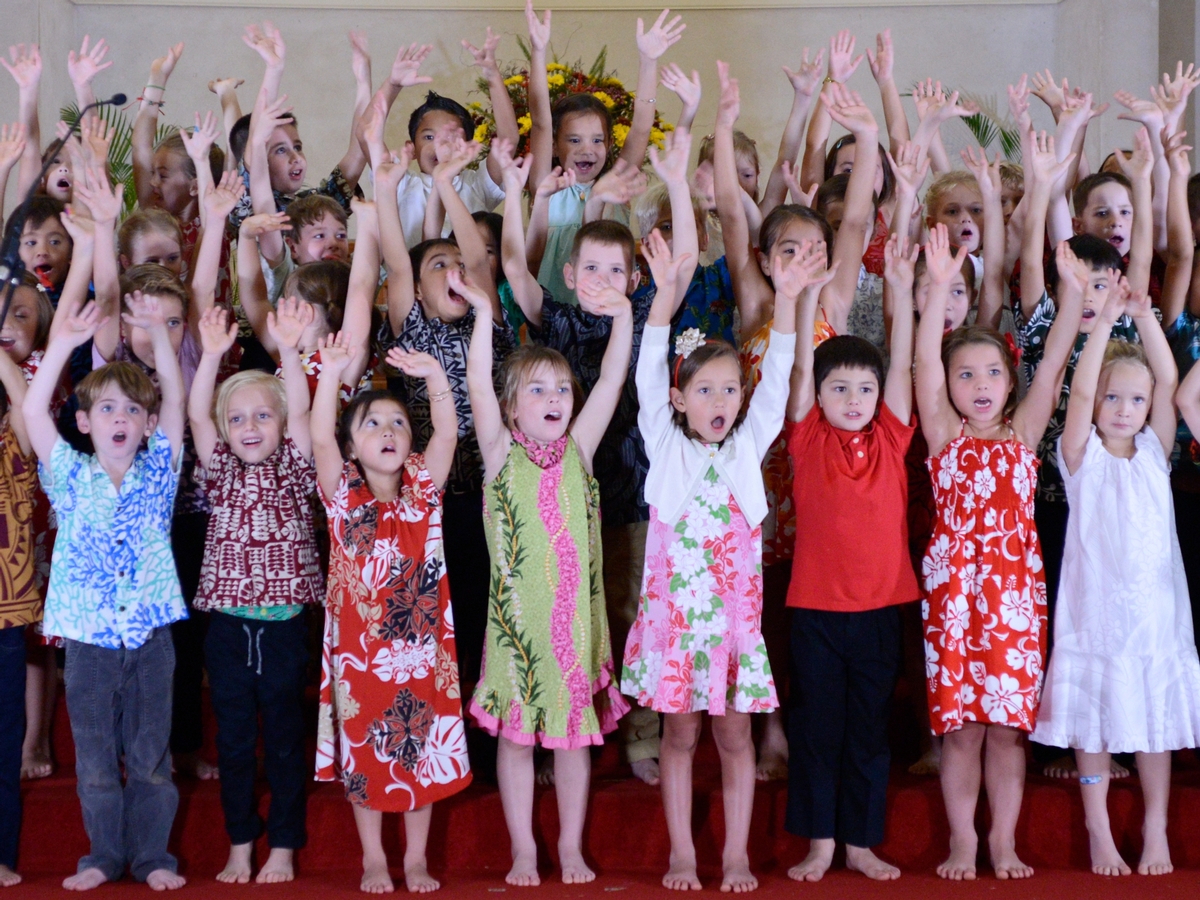Making Music in Classical Christian Education

Written by Claire Butin, Elementary Music Teacher
Music is a powerful learning tool in classical education. In the grammar stage, students learn how to use their God-given voices in the very best way, the basics of music theory, the beginning stages of music reading and instrumental performance, and an appreciation for many classical masterpieces of music. Music can bring joy and change hearts, and it is important to give each child this gift.
In kindergarten and first grade, we learn to sing with solfege and solfege hand signs for the different scale degrees. The hand signals help the students get the feeling of the notes into their bodies and to firmly establish pitch relationships. These hand signs are internationally used.
Instrumental performance is an important part of music education. Even at a young age, children are developing self-control, teamwork, rhythm reading, stage presence, musical expression, and having fun through playing simple percussion instruments such as rhythm sticks and maracas.
The elements of music are also taught in a classical way: through songs and jingles!
Each month, the students study a different composer. Though Vivaldi did not write any words for his masterpiece, “The Four Seasons,” we have added a few. By having the children sing these classic melodies with some added words, it helps them remember the composer, which part of the piece they are listening to, and what mood the composer was trying to convey.
Body percussion is a fun way to have students grasp harder rhythmic concepts.
Looking for more? Read our Grand Tour blog and Athletics blog!

